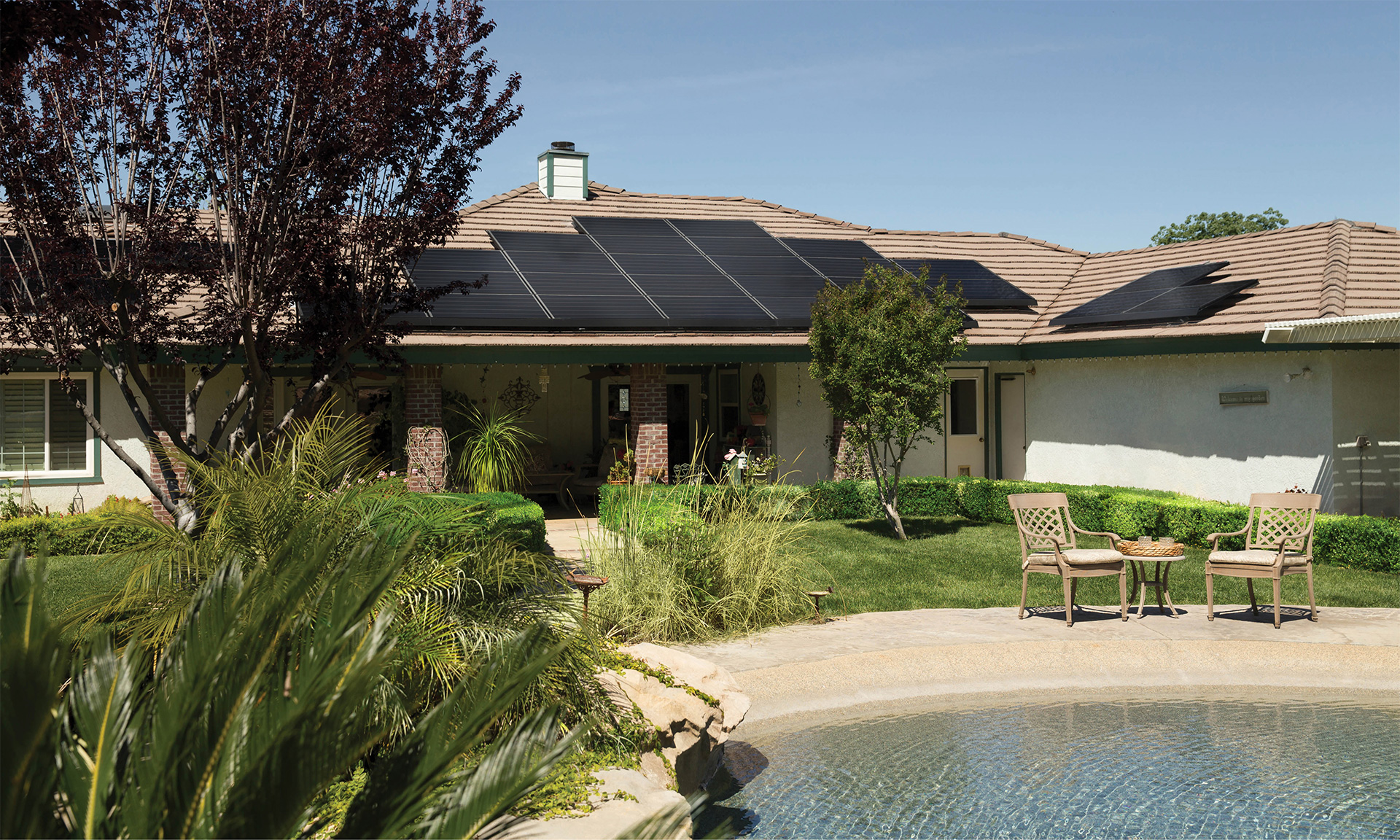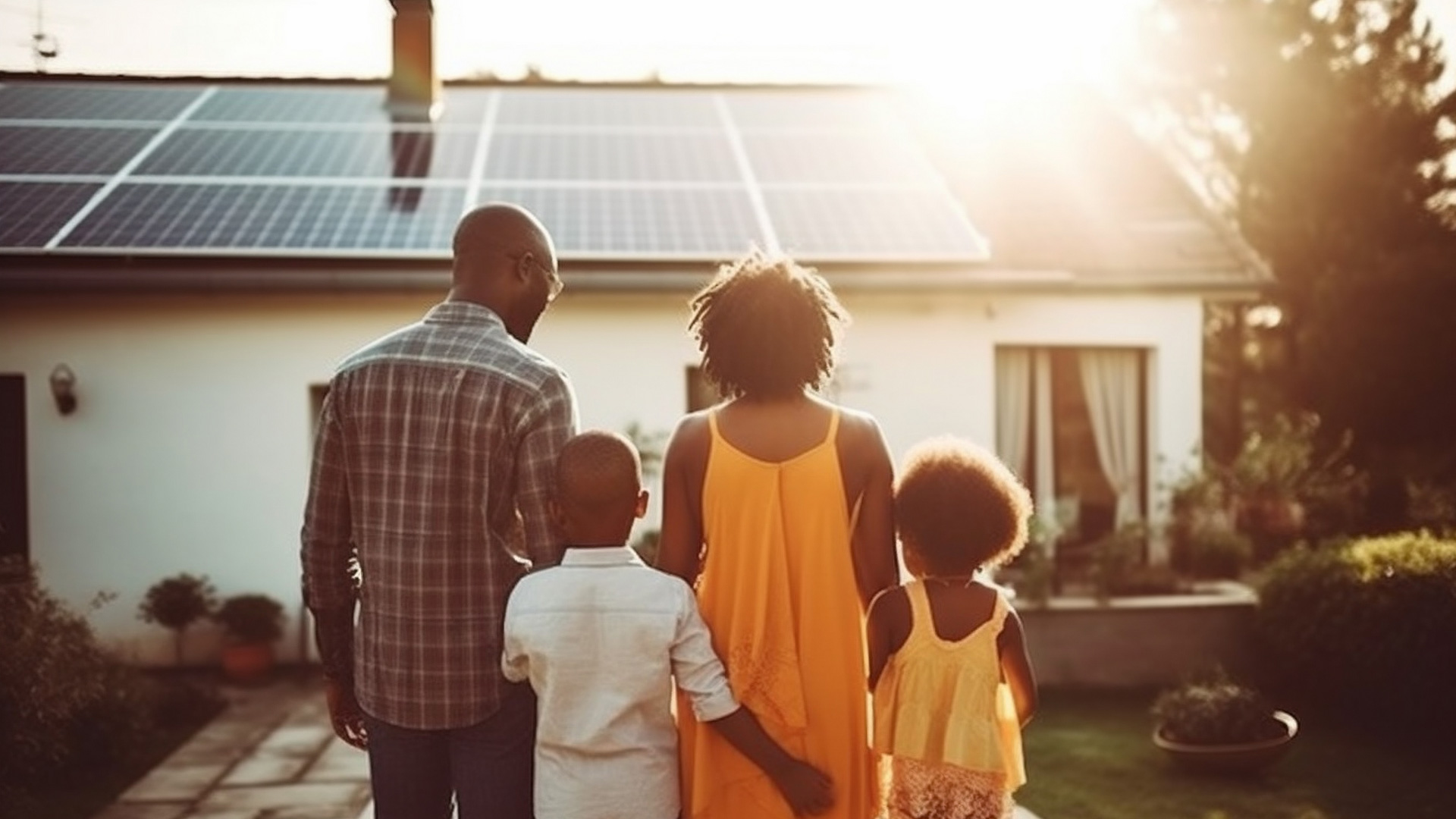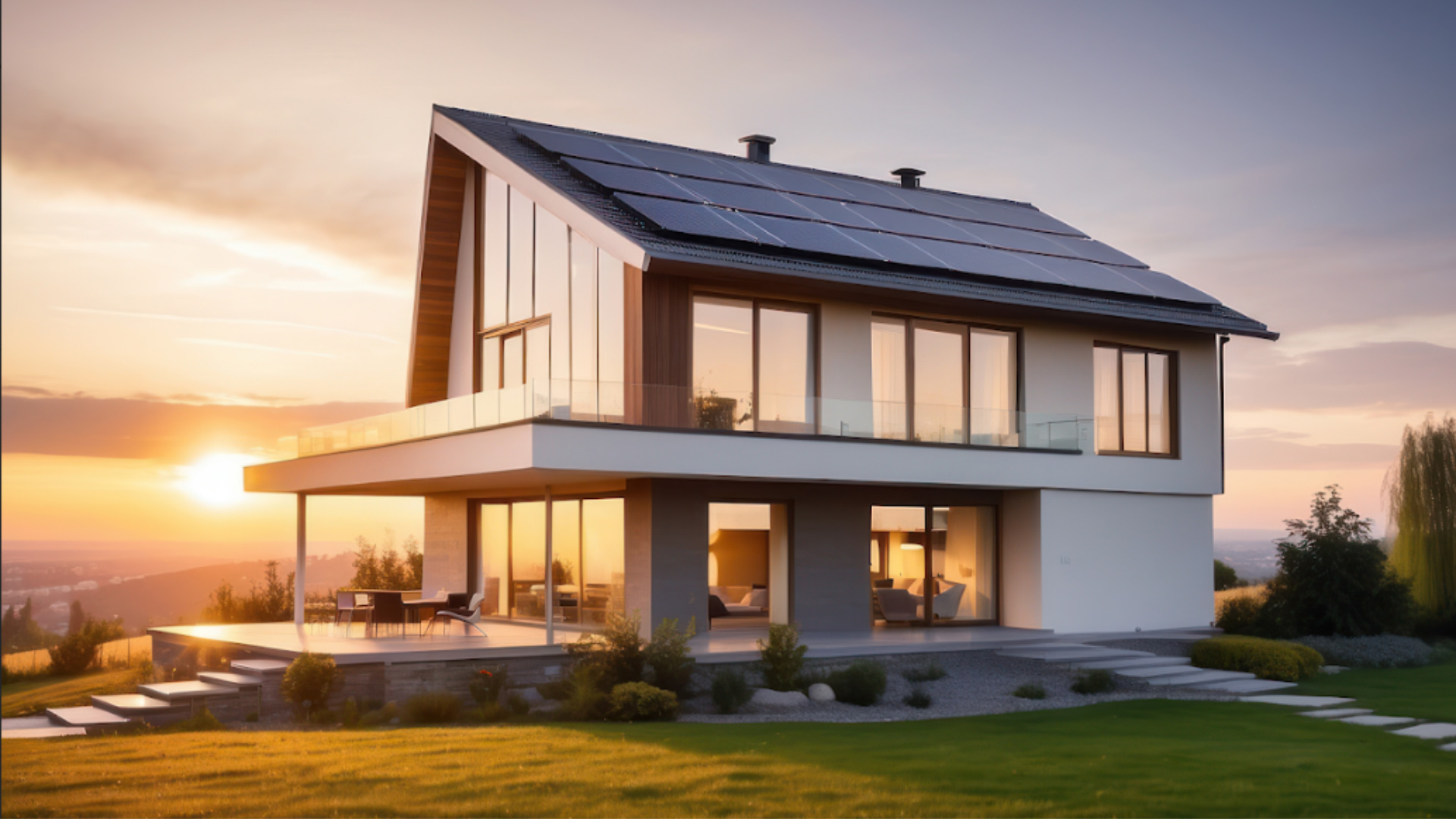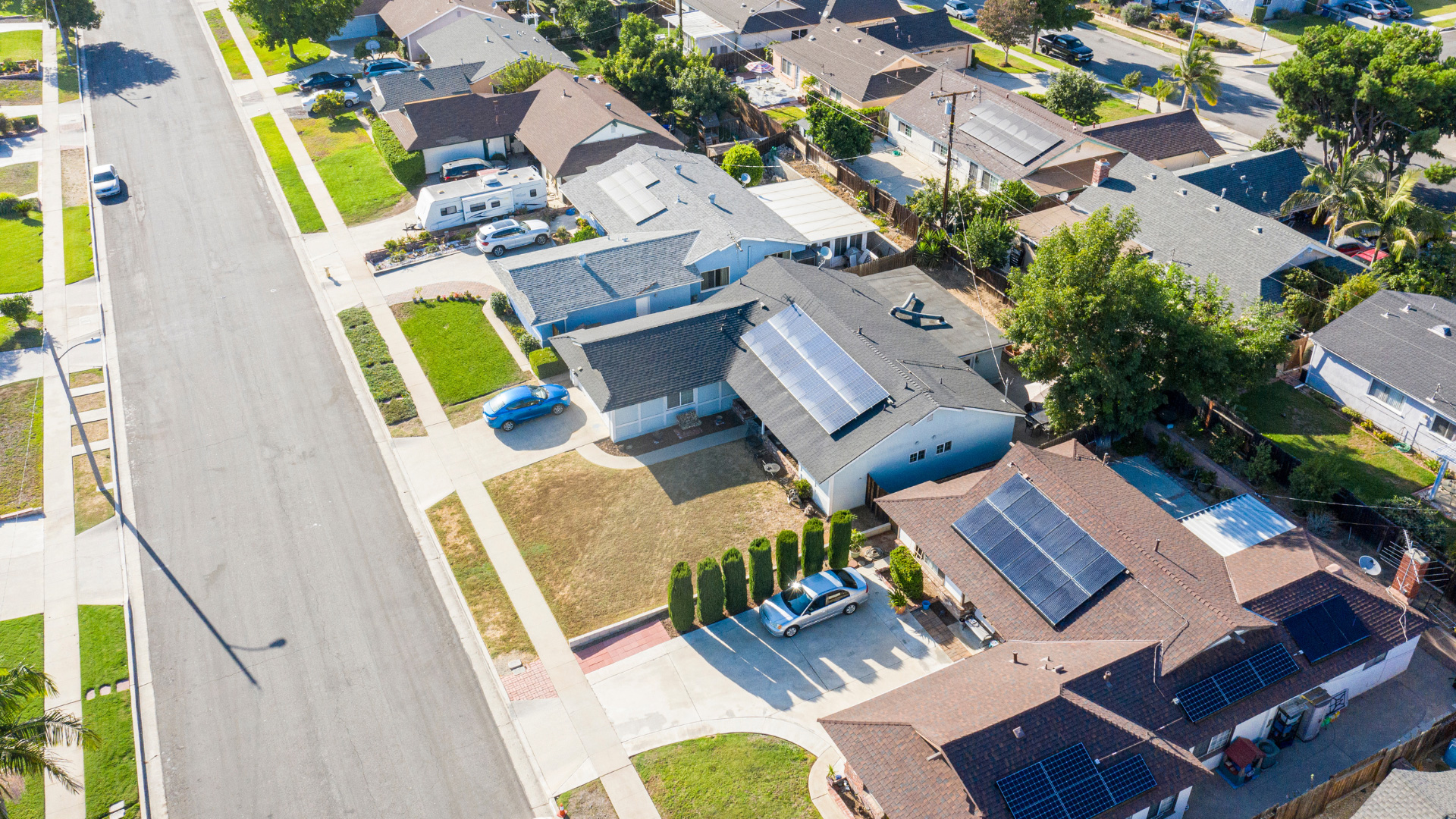Are you considering going solar but concerned about solar panels interfering with the vegetation and natural habitat around your home? From home to home, solar paneling will not cause much, if any, interference to the local environment. Keep reading to learn about possible habitat changes due to solar farming and how it affects Florida’s local ecosystems.
Possible Habitat Changes Due to Solar Farming in Florida
Most environmentalists welcome solar power due to its lessening of greenhouse emissions and the use of fossil fuels. While rooftop solar on a home or commercial business has little to no effect on local habitats, solar panel farms on land may be a source of some concern. Making smart choices when choosing and preparing a property for solar farming will help alleviate those concerns. When planned thoughtfully, solar can act as a form of land preservation, delivering native habitats and minimizing wetland impacts.
How Does Solar Farming Affect Florida’s Local Ecosystems?
Installing solar panels does not affect local trees or other vegetation. However, preparing an area of ground will have an effect if trees and other types of native vegetation are eliminated to make way for an abundance of panels. Additionally, transmission lines to support substantial amounts of solar energy along with roadway construction for access to a solar farm may fragment habitats and disturb local wildlife. This is why careful planning is so important when looking for the best solution to meet our energy needs.
Solar Projects that Promote Pollinator Health
Through proper planning and management, solar power can coexist with Florida’s natural habitats and the farming community. One concept within the industry is using the land underneath solar arrays as integrated pollinator habitats through thoughtful plantings.
Such integrated pollinator habitats can be developed with native plants in mind for continued health in our ecosystems while helping support threatened wildlife and help local farmers with crop pollination.
Solar Conserves Water
Traditional energy systems such as nuclear or natural gas power plants require far more water to produce energy than solar. Solar uses approximately 20 gallons of water per megawatt-hour, whereas natural gas uses more than 2,800 gallons per megawatt-hour.
The lower use of traditional energy generation also brings the benefits of less sulfur dioxide and nitrogen oxides released into the air, improving our air quality. Less use of traditional fossil fuels also lessens the footprint of global warming and climate change.
Is Going Solar Your Best Option?
At Solar Optimum, we believe in what we do. Solar energy is the best way to deal with the ever-increasing demand for energy today. To discuss energy options that will offer the least invasive footprint on Florida’s ecosystems, contact us or download our Ultimate Guide to Going Solar.






